Some Ferraris we recall instantly. If I say ‘308 GTS’ to you, an image of Thomas Magnum sliding his 308 away from the camera will already be in your head. If I say ‘458 Italia’ or ‘550 Maranello’ you won’t struggle for a moment to recall either the cars I’m referring to, or their location in the Ferrari chronology. But the F430? I’m willing to bet that not a few of you will be struggling to place it. You’ll know it’s a V8 from the not too dim and distant past, but from when, exactly?
It’s entirely understandable. Perhaps because they’re not stand-out beauties, or they failed to break new speed records, but some Ferraris just don’t loom quite so large as others. And of all Ferraris of recent times, the F430 is that car. Its predecessor, the 360 Modena of 1999–2004, stood out because it was not only gorgeous but also Ferrari’s first aluminium-spaceframe mid-engined production car, breaking a lineage that ran all the way back to the Dino 206 GT of 1967. And the F430’s successor, the 458, was one of the most beautiful Ferraris of all time, powered by its last naturally aspirated V8. It was a landmark. The F430? Not so much.

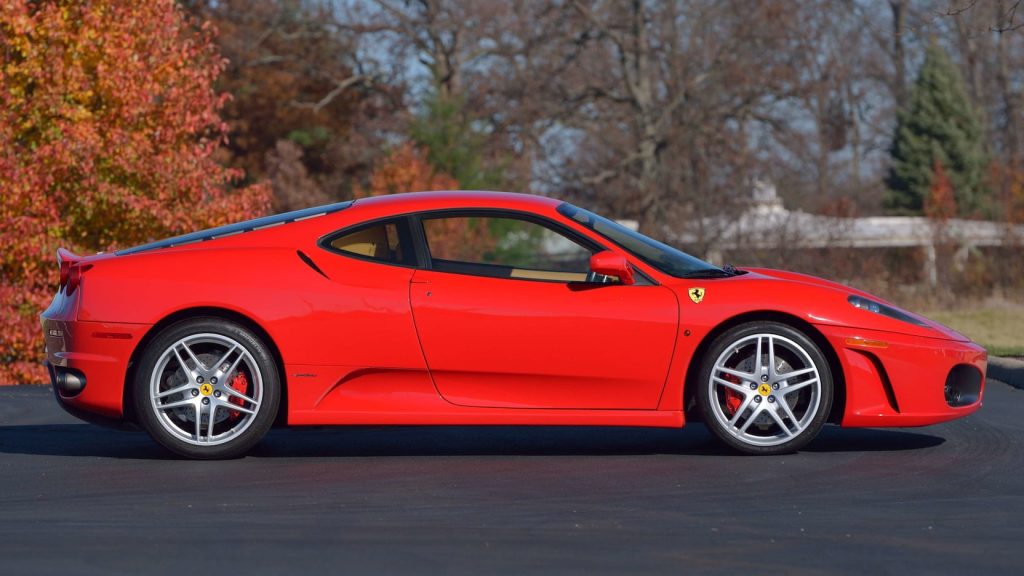
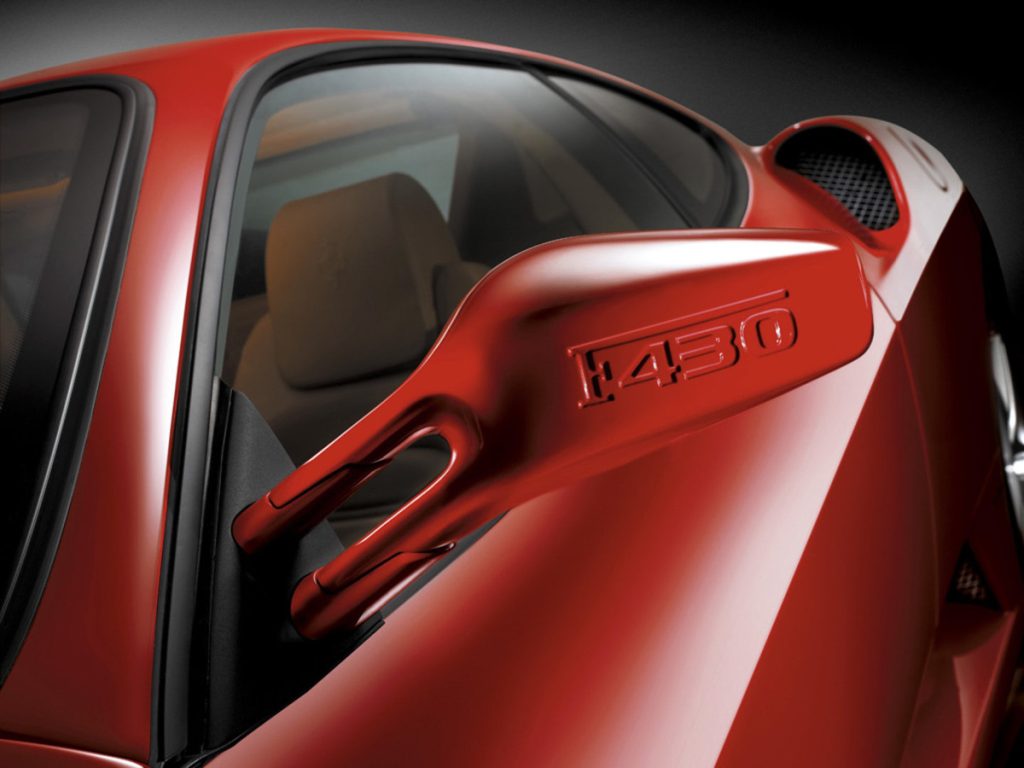
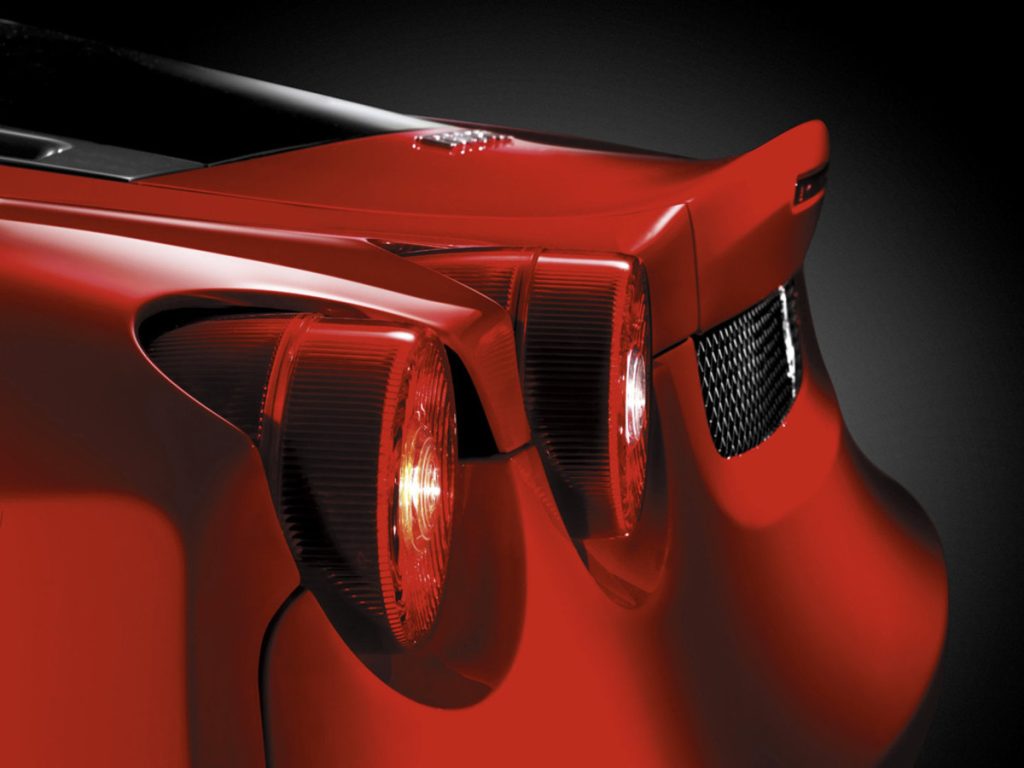
The car was a derivative of the 360 in the same way that the F355 had sprung from the loins of the 348tb. It looked good, but not great, particularly with the benefit of hindsight when you saw the cars between which it got sandwiched. It felt like a stopgap, a credible car for sure, but one intended to extend the life of the 360 design before something really proper came along.
But of course none of this takes into account the one thing that should matter most when considering a Ferrari: What’s the F430 like to drive?
People like me are fond of pointing out the utter transformation wrought by the F355 over the 348tb, turning the worst car in its category into the best, but the truth is the leap taken by the F430 over the 360 Modena was only a little less dramatic. Perhaps its most important asset was its engine, the first genuinely new V8 since that used in the 308 GT4 launched in 1974. The new engine raised power from 395bhp to 483bhp, providing a completely different level of performance. The 430 also had Ferrari’s first electronically controlled differential and was the first to use the now-famous ‘manettino’ controller. And it was the last mid-engined Ferrari to be offered with the option of a manual gearbox, though, with fewer than 10 percent having been ordered with three pedals, the premiums now charged for stick-shift F430s are eye-watering to say the least.
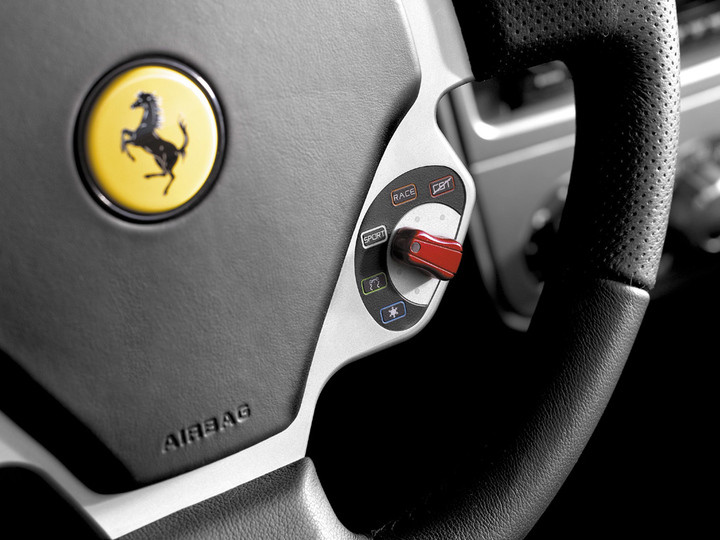
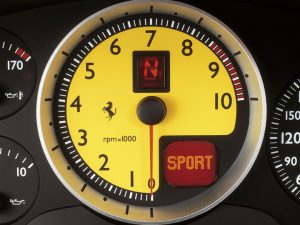
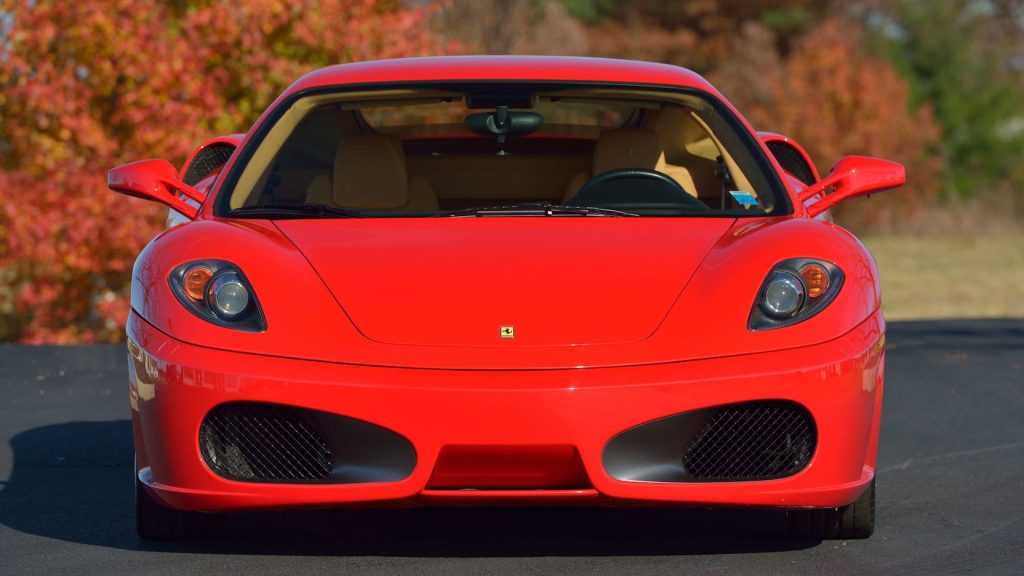
To drive, the F430 was not just quicker than the 360 Modena, which is only to be expected; it was so much easier, too. It not only had far more power, but much more mid-range torque, so you weren’t always hunting for revs to make it perform. And while the F1 paddle-shift gearbox was still a robotised manual rather than a proper double clutch, it had come on in leaps and bounds since its early days in the F355 and 360 Modena.
The 430’s adaptive damping produced genuinely excellent ride quality and, best of all, the unsettled feel of the 360 Modena when turning into a fast corner had been entirely eradicated. Through modifications to the suspension and, in particular, its aerodynamics, the F430 was a far more stable, safe, and rewarding car to drive on the limit.
There was something else, too. It came at a time when Ferrari was going through one of those very occasional periods when its product was not up to its usual standard. Few thought the 575 Maranello a worthy successor to the 550, while the 612 Scaglietti, though effective, was large and less than lovely to drive. The F430, by contrast, marked the turning point, replacing the flawed 360 Modena as, in time, would the 599 GTB and FF replace the 575 and 612, all far better cars than those that had gone immediately before.
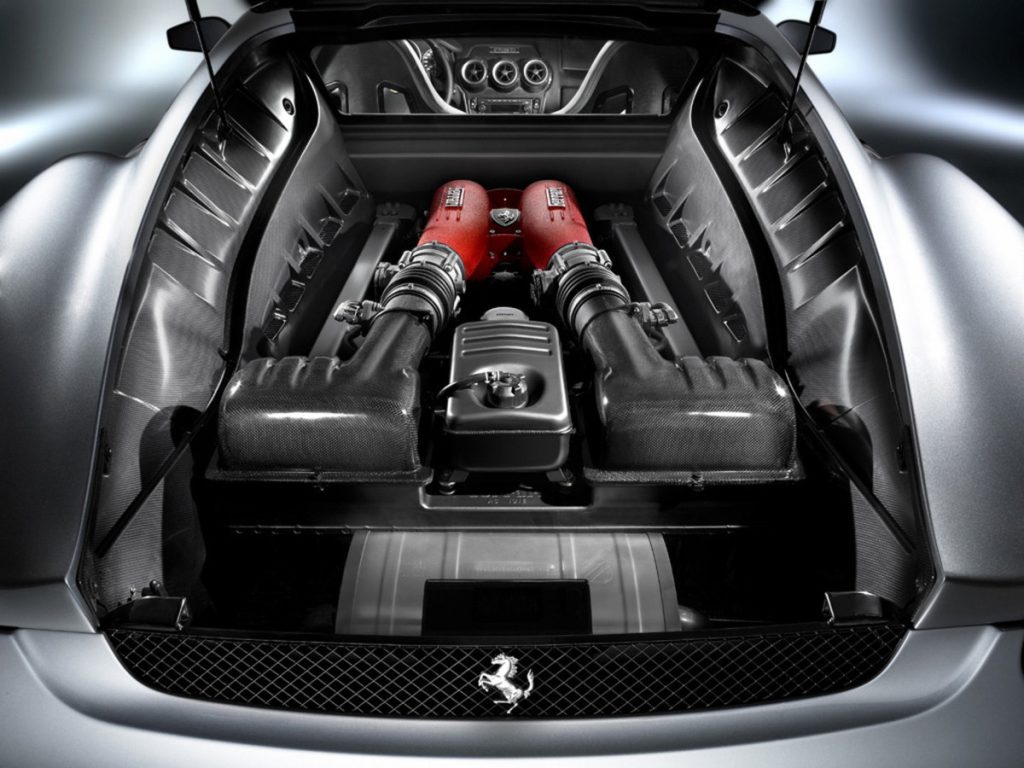
I remember travelling to Italy to drive the F430 for the very first time and coming away with feelings, more than anything else, of relief. The new V8 had already been seen in Maseratis, but once breathed on by Ferrari and fitted with a 180-degree flat-plane crankshaft, it felt and behaved like the brand new engine it effectively was. The car was so crisp and sharp it was hard to believe it shared so much – structure, roof, doors, glass, and basic suspension layout – with the 360 Modena. It didn’t just look different, it felt completely different, too. Little did I know at the time that it would be replaced by a car like the 458 Italia, one of Ferrari’s greatest-ever road cars, and then live in its shadow ever since.








